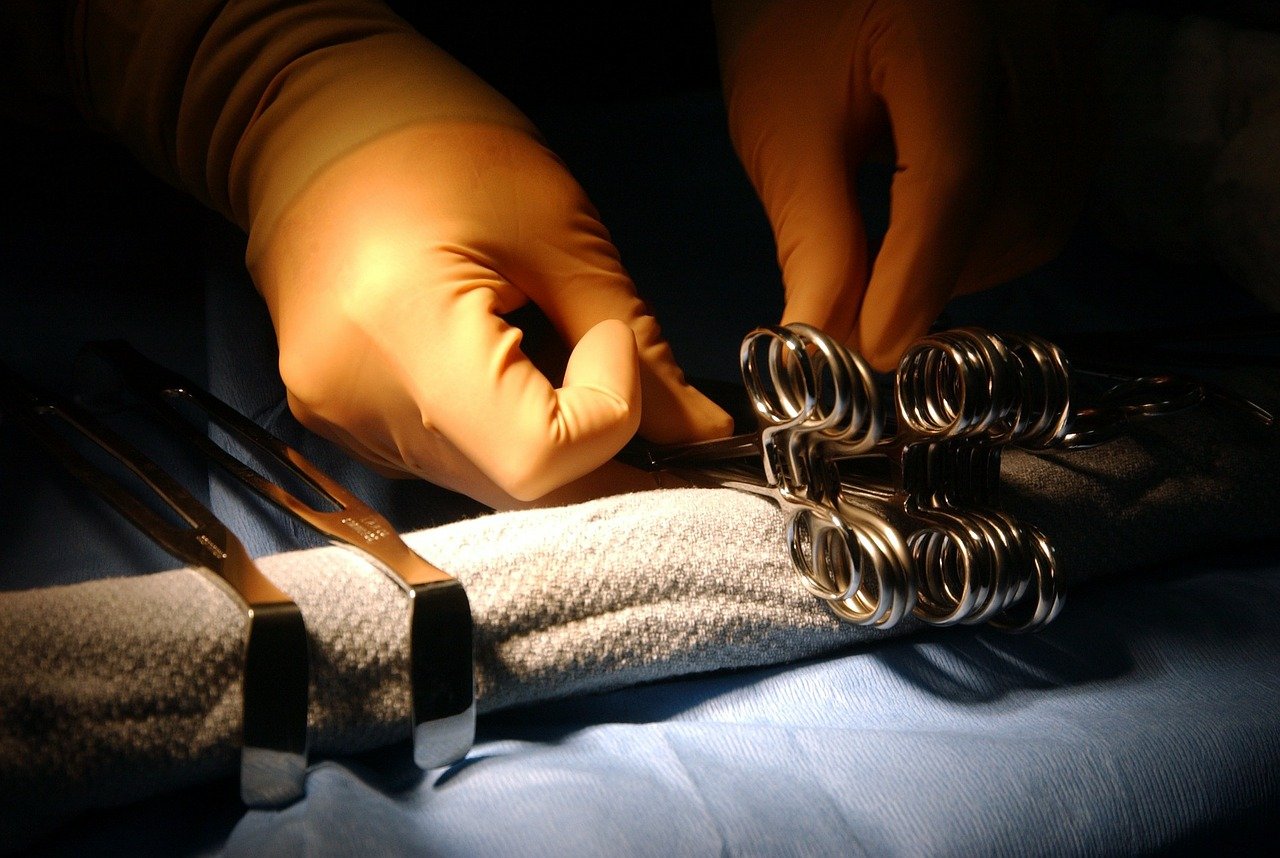The coronavirus has forced much of healthcare to go remote, from psychiatric services to critical care in the intensive care unit. The distance prevents the spread of pathogens and has likely helped reduce the number of covid-19 cases. However, many medical procedures cannot be done remotely. For example, many elective surgeries were canceled during the early months of the pandemic and scheduling still remains limited.
However, just as technology has facilitated telehealth, it can also limit contact during surgical procedures. Robotics and artificial intelligence can be used to perform surgeries with the surgeon operating the machinery from an entirely different room.
While robotic equipment can limit contact during surgeries, the technology represents a significant investment by hospitals. The equipment is extremely expensive and typically only surgeons in large, well-resourced healthcare systems have access to it. Surgeons must also be trained to use the equipment, which takes time and money. Moreover, even the hospitals that do have this technology typically have limited numbers of machines, which limits the number of surgeries that can be performed this way.
Many hospital administrators may be uncertain if they should purchase the equipment. After all, the pandemic will come to an end at some point. What is the utility of having surgical robots when social distancing is no longer a concern? The question is valid, especially since many healthcare systems struggle to control costs. However, these robots have significant uses beyond the pandemic. Here’s a few ways these robots can improve surgical procedures.
Centralization of information
When surgeons perform surgery, they receive critical information from many different sources. The anesthesiologist will offer insight on vital signs while imaging is displayed on screens. The surgeon must pause what they’re doing to look at displays, interpret the information, and then resume their work on the patient. In addition, the surgeon often must request information from other staff in the room. Looking away from the operative field lengthens the surgery, which drives costs and puts patients at additional risk.
Robotics have the potential to centralize all this information, similar to the way the cockpit of an airplane provides all the information for the pilot in one centralized work station. With the surgeon operating the robot from a remote terminal, the screen can display patient information while also overlaying imaging. This can allow the surgeon to make more precise incisions. Some machines may also provide haptic feedback that warns surgeons as they approach critical structures, so they never have to turn their eyes away from the patient.
Telesurgery
Healthcare systems are embracing telehealth as a result of the pandemic, and telesurgery is a logical next step. If a surgeon can use remote machinery to perform a surgery, theoretically, there is no reason they need to be in the same building or even the same country as the patient. Often, patients in rural areas must travel hundreds of miles to a specialist capable of performing a surgery, but this is not necessary with telesurgery. Remote technology could make it possible for surgeons to perform procedures on patients virtually anywhere in the world provided they have access to a surgical robot. Not long ago, this technology was impossible due to lags in connection speed, but 5G could help overcome delays and ensure the transmission of signals in real time. With a network of surgical robots, specialty surgeries could become much easier for patients in outlying areas.
Machine learning
As surgeons use robots to complete surgeries, these machines can gather an enormous amount of data. With machine learning and artificial intelligence, this wealth of information can be applied in many ways. For example, surgeons often analyze videos of their past surgeries to improve their skills. Through machine learning, these robots could provide real-time coaching and feedback to the surgeon based on their performance. Additionally, the machines could be used as an evaluation tool for surgical residents to assess whether they have mastered certain skills. Ultimately, these applications could potentially reduce the number of complications and mistakes associated with surgeries. Further in the future, there could be a time when AI-powered robots perform surgeries autonomously based on the data they have acquired.
Voice commands
Surgeons use a number of tools during the course of a typical procedure and some of these involve steps that could be eliminated by incorporating voice commands into the operating theater. One example is the bipolar cautery device, which is used to control bleeding. The device is activated by a pedal on the floor and surgeons often must take their eyes off the surgical field to find it. Some surgeons prompt a nurse to activate the device with a verbal command. However, this is also a tedious and distracting task for the nurse, and the process is prone to human error. Voice commands could be incorporated into robotic surgical devices to activate various devices in the operating theater. The surgeon would not need to take their eyes off the surgical field or task other staff with something so menial. Using voice commands could ultimately streamline surgeries and make them faster, safer, and cheaper.

